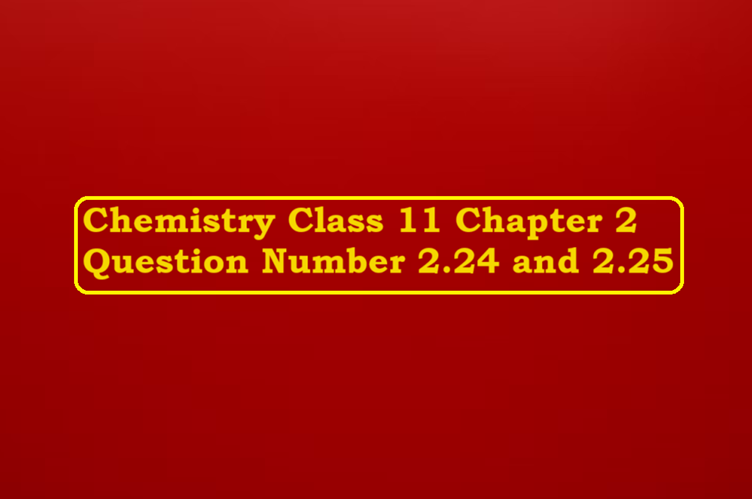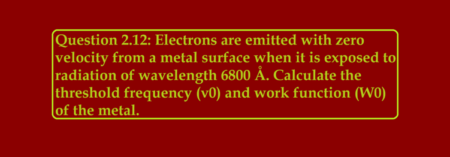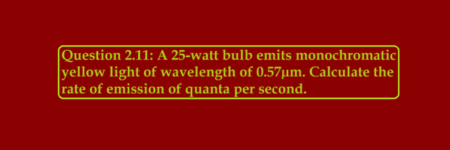Chemistry Class 11 Chapter 2 Question Number 2.24 and 2.25
Question 2.24: What is the lowest value of n that allows g orbitals to exist?
Answer 2.24: For g-orbitals, l = 4.
As for any value ‘n’ of the principal quantum number, the Azimuthal quantum number (l) can
have a value from zero to (n – 1).
For l = 4, minimum value of n = 5
Question 2.25: An electron is in one of the 3d orbitals. Give the possible values of n, l, and ml for this
electron.
Answer 2.25: For the 3d orbital:
Principal quantum number (n) = 3
Azimuthal quantum number (l) = 2
Magnetic quantum number (ml) = – 2, – 1, 0, 1, 2
Advertisement



